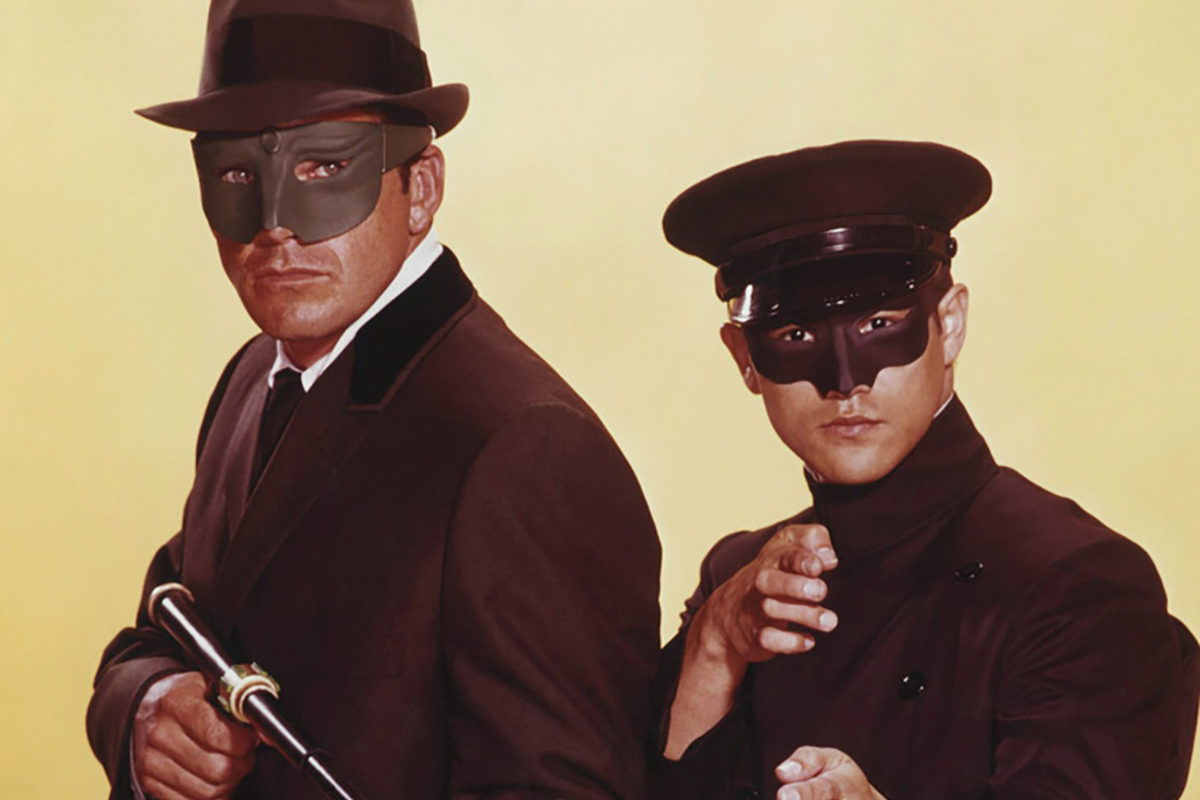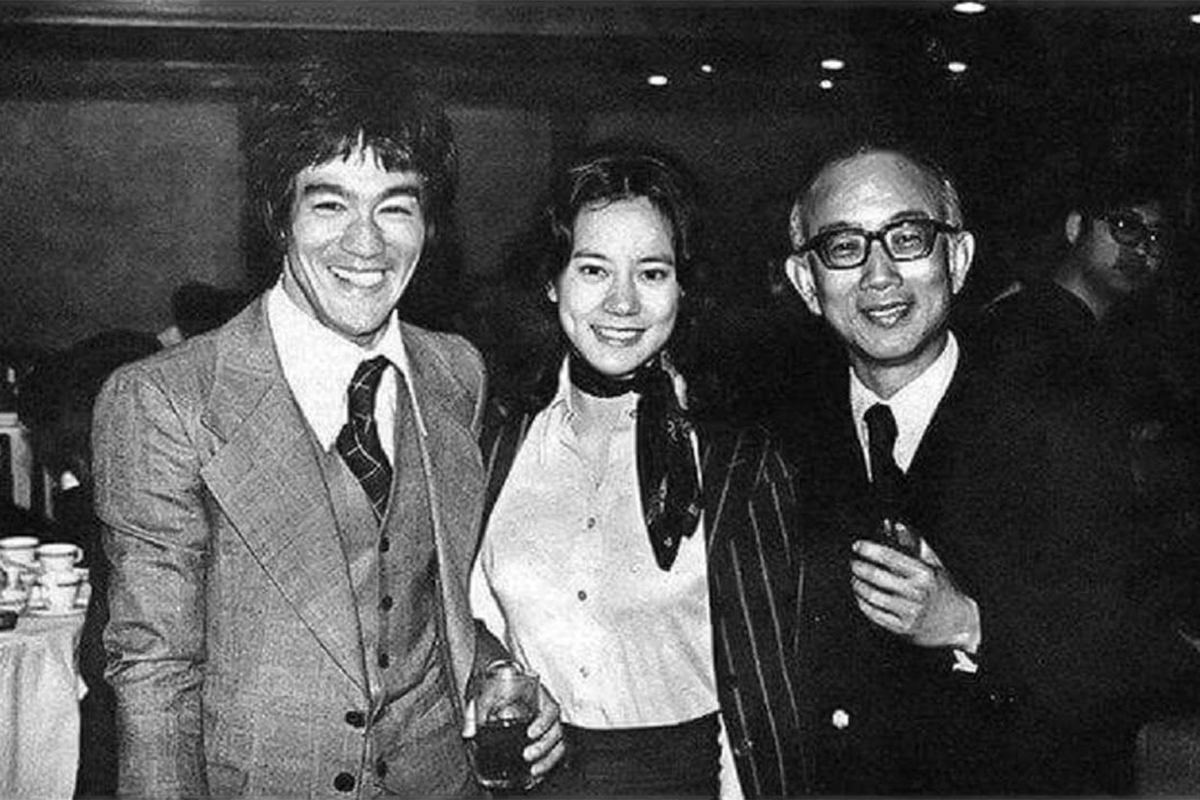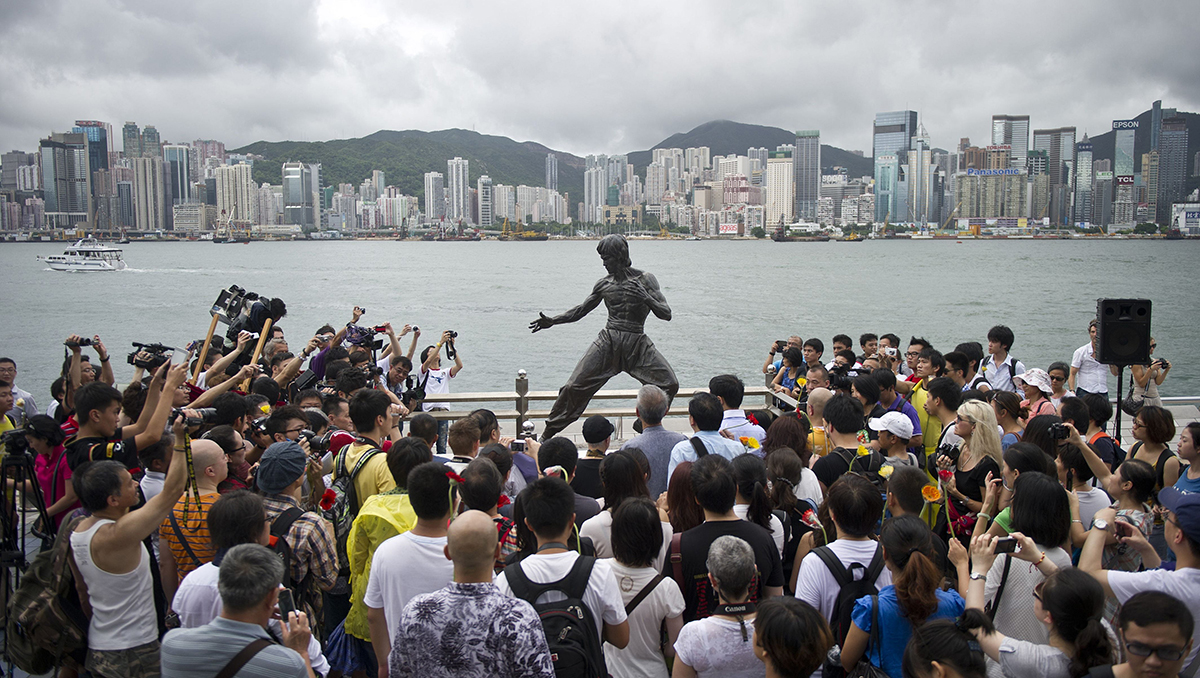For many martial artists, Bruce Lee is probably the first person that comes to mind in conversations of the greatest or most inspirational. In fact, Bruce Lee’s name and story transcends martial arts. For many in my generation, Bruce Lee was a superhero, and the reason many of us became interested in martial arts in the first place. Also, his philosophies were just as powerful as his punches. Though his life was cut short at the age of 32, he left behind a legacy that continues to inspire even to this day.

Y O U N G B R U C E
Bruce Lee was born as Lee Jun-fan on November 27th, 1940 in San Francisco. His parents were on tour with the Chinese Opera and temporarily residing in California. Bruce’s stay in the US was short-lived, however, and his parents moved back to Hong Kong when he was just 5 years old. Bruce’s acting career started at just 3 months old, as his father had connections in the cinema industry. He starred in 20 films by the age of 18, with his first lead acting role at age 6 in “Beginning of a Boy.”
His fighting career, however, was started by less than savory means. Bruce had the reputation of being a troublemaker and had little to no interest in school. He participated in fights that usually garnered police attention and home visits by cops. With that said, this bad behavior was actually the catalyst to him becoming one of the greatest martial artists of all time.
Bruce Lee often fought in the presence of his friend group, but was scared of what could happen if he was caught alone. This led him to train in Kung Fu under the tutelage of a local master named Yip Man (the person who the Ip Man movies are based on!). Yip Man not only taught Bruce Kung Fu, but also meditation, breathing and balance. Unfortunately, this was not enough to keep Young Bruce out of trouble and he was expelled from his school, La Salle College, at 15.
After being expelled from La Salle, he started attending St. Francis Xavier College, and this is where Bruce Lee’s legacy starts to form. In 1958, he was invited to represent the school in a boxing tournament. He was able to knock out 3 opponents in the preliminary rounds, and became the new champion by knocking out the returning champ in the 3rd round.
However, he still continued to get into trouble and his mother suggested that the best option for him was to leave Hong Kong and go back to his birthplace.

G O I N G B A C K T O C A L I
On April 15th, 1959, Bruce set off to San Francisco by ship with $115 (which is equivalent to about $1,000 today) in his pocket. He stayed with a family friend and earned a few dollars here and there by offering dance lessons. Once again, his stay in San Francisco was short, and in the same year, he moved to Seattle and finished high school at Edison Technical School.
During a Kung Fu showcase he led at the school, it is said that he searched the crowd for a worthy sparring opponent and ultimately picked James DeMile, an undefeated former Military Boxing Heavyweight Champion. DeMile, being experienced and much bigger than Lee, thought he would make short work of Bruce. In reality, DeMile was not able to land one hit, as every punch he through was blocked and countered. With much humility, DeMile asked Lee for lessons, and from here, built a solid foundation of students. This was the start of Bruce Lee’s career as a martial arts instructor.
Lee received his diploma from Edison Technical and was accepted into the University of Washington. He spent much of his time focusing on his studies, but still spent 40 hours a week practicing his martial arts and developing techniques.
In October of 1963, he quit the job that he had as a waiter and opened his first martial arts school, the Jun Fan Gung Fu Institute. It became so successful, that a year later, he made his way back to California to open up a larger school in Oakland.
Around this same time, he was invited to attend an international karate tournament in Long Beach and give a demonstration. It was here that he displayed a technique known as the one inch punch which wowed the crowed. He caught the attention of a Hollywood stylist, Jay Sebring who would later become Lee’s introduction into Hollywood.

H O L L Y W O O D
A lot of changes were taking place in Lee’s life at this time. During his time at the University of Washington, he met another student Linda Emery, whom he fell in love with. They married in August 1964 and gave birth to their first child, Brandon Lee on February 1st, 1965.
Three days later, he attended a casting from a Charlie Chan film recommended to him by Jay Sebring, the hairstylist whose attention he caught at the Long Beach tournament. He didn’t get that part, but got the part as the sidekick, Kato, on a new television show called The Green Hornet, soon after. Unfortunately, the show was not a hit and was cancelled after 26 episodes, but it introduced Kung Fu to a western audience for the first time.
Though he gained popularity by playing Kato, Lee struggled to find work outside of cameos and eventually refocused on teaching martial arts. It was in this time that he inadvertently developed a new style that he named Jeet Kun Do (The Way of the Intercepting Fist). This became Bruce Lee’s signature style.
In February of 1967, he opened his 3rd school in LA’s chinatown. Because of his success as Kato, he was able to raise his rates from $22 per month to $50 an hour. Eventually his rates rose all the way to $250 an hour as he started mentoring clients like the acclaimed director Roman Polanski, who would regularly fly him out for sessions.
His growing list of students included Hollywood stars like Steve McQueen, James Coburn, Stirling Silliphant and Sharon Tate and NBA legend Kareem Abdul-Jabbar. He also trained pre-established martial artists like Chuck Norris, Joe Lewis and Mike Stone who were looking to add more skills to their repertoire.

R E T U R N T O H O N G K O N G
Bruce and Linda welcomed their second child, Shannon, on April 19th, 1969. Shortly after, Bruce severely injured his back while weightlifting and was told by a doctor that he may never be able to practice martial arts again. Because of this, Bruce was placed on bedrest and spiraled into a deep depression. However, after six months, Bruce began training again, despite the pain.
Lee continued his work in Hollywood, but after a series of roles that never materialized and only receiving small supporting roles, Lee decided to return to Hong Kong to work on films of his own.
Much to Lee’s surprise, Lee had become a star in Hong Kong due to his portrayal as Kato on The Green Hornet. The show had even been playing in theaters. It was here that Lee signed a deal for two movies. These movies were The Big Boss and Fist of Fury, both of which shattered records and brought in millions of dollars in revenue. Lee had become a superstar and could no longer walk the street without being bombarded by fans.
Lee decided to take full control over his next film, The Way of the Dragon. Lee produced, wrote, directed, casted, choreographed and even created some of the soundtrack for the film.

E N T E R T H E D R A G O N
Lee planned to take a bit of time off to relax and recover after completing The Way of the Dragon, but he quickly got back to work shooting his next feature film, Game of Death.
Shortly after, he was contacted by Warner Bros. to star in a feature film called Enter the Dragon, that would become his most renowned film. Bruce Lee was given full control over the fight scenes while Warner Bros. oversaw the creation of the rest of the film.
It was revealed many years later that Lee had an issue with the portrayal of Kung Fu and its philosophies in the film and wrote WB a letter pleading for them to rewrite the script. His request was ignored, and he took a stand by not showing up to the set when filming started. WB eventually gave in and included new scenes, which would become some of the most memorable scenes in the film.

1 9 7 3
Lee put so much of his time and energy into creating Enter the Dragon that it took a huge toll on his body. On May 10th, 1973, Lee passed out while dubbing audio in a small recording room. The AC had been turned off in order to record clean audio which may have caused Lee to overheat. Lee apparently went to the bathroom and collapsed, seized, vomited and had difficulty breathing. He was taken to the hospital and diagnosed with a cerebral edema, which is essentially an excessive amount of fluid in the brain.
Two months later, on July 20th, 1973, Lee went about his day taking meetings and discussing new films as he normally did. While meeting with actress Betty Ting Pei, Lee complained about a headache and asked to rest in Pei’s home until the time they were scheduled to meet Raymond Chow for dinner. Unfortunately, Pei was unable to wake Lee up, and he was pronounced dead by paramedics shortly after.

L E G A C Y
Bruce Lee was a living legend that was taken from the world way too soon. He brought Kung Fu to western audiences and solidified himself as a hero in Hong Kong. He inspired countless people to not only get into martial arts, but to follow their dreams and stand up for their values and beliefs.
Growing up, watching Bruce Lee was like watching Superman, and he continues to inspire to this day. His name is synonymous with martial arts and his legacy is one that is guaranteed to be revered for an eternity.

Master Adrian is a fantastic teacher and is always willing to help his students become better martial artists. He puts in the work to give his students the best opportunity to succeed, and I think anybody who commits themselves to W1 and Master Adrian will reap the benefits.

My daughter started W1 Taekwondo with a trial class offered for a month. She liked it very much and wanted to go back to the regular class. And yes she never stopped herself from attending W1 Taekwondo class. She gained lots of skills in a very short time. I can see how much confidence she is now! Master Adrian is a very respected person and we can rely on him to build my daughter's Taekwondo skills. Master Adrian focuses not only on Taekwondo skills but also on behavioral skills that are required for a student. All the teachers are wonderful and very friendly. If you are looking for a Taekwondo class for your child this is the place that I can strongly recommend without any hesitation. Thanks and best wishes!

Master Adrian is a dedicated and skilled martial artist, leader, and coach. We enrolled our three kids, ages 5, 6, and 7 this past April and they have come such a long way in skill and in discipline. Master Adrian is both gentle with the kids and tough on them at the same time- the perfect combination for our family. Our kids have learned so much from him, on and off the mat. Master Adrian's whole team is fantastic. Highly recommend!